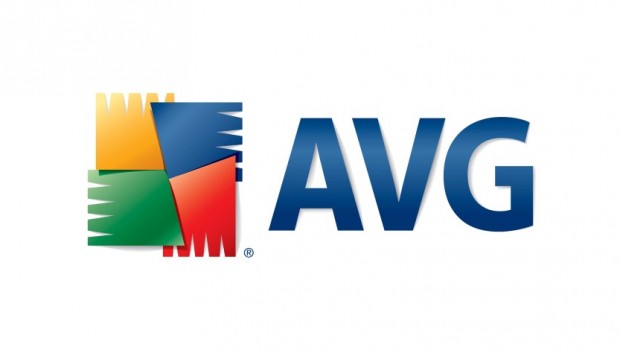Aussie Teachers Struggle Under Weight of Parents’ Expectations for Child Online Safety Expectations
AVG Technologies research identifies major gap in training and support for teachers
Parents rely too much on schools to teach their children about online safety, according to 85 per cent of Australian teachers surveyed by AVG Technologies. The research highlights the ongoing discussion over the responsibility for delivering online safety education to children, with a further 34 per cent also believing that the parents of their pupils do not know enough about the topic themselves.
The research, in which almost 1,800 teachers globally were interviewed (211 in Australia), indicated a need to provide teachers with more support and training for educating children on the subject of online safety. Two thirds (65 per cent) of Australian respondents agreed that schools should provide better training on using the Internet as an educational tool, and 80 per cent stated Internet safety should be a dedicated part of the education syllabus.
This highlights the concerning gap between the knowledge and capabilities of teachers and the expectations of parents. Though 95 per cent teachers of a wide range of subjects confirmed they use Internet content in class and 68 per cent discuss online safety on an occasional or frequent basis, only one in four have actually had formal training to teach online safety skills (27 per cent).
“Today’s teachers are not only using the Internet regularly as part of their lessons, they are increasingly having to deal with the wider issues it generates and quite often, without any formal training,” said Michael McKinnon, Security Evangelist at AVG Technologies AU. “Given the degree to which the Internet is now used as an education tool, many teachers said their schools have put guidelines in place to deal with the most prevalent issues. The gap is that the majority of teachers had not received any formal training in online safety so these guidelines alone are not sufficient. When one in four teachers (27 per cent) have had a child come to them with a cyberbullying issue, it is clear to see why more support is needed.”
AVG will be presenting more research findings during the Child Internet Safety Summit in London on July 3, during which it will also release the second in its series of interactive children’s education books, called Magda & Mo. The books are part of AVG’s wider aim to provide families with useful tools to help develop a child’s understanding of how to make the right choices online, and give parents practical guidance on the subject. Teacher’s notes from around the world:
- Brazil bucked the global trend with its teachers leading the way when it came to Internet safety education. The majority (54 per cent) teach it regularly and 51 per cent have been formally trained to do so.
- Most UK teachers indicated their school had IT classes (91 per cent compared to 77 per cent in Australia) but only 37 per cent of teachers had formal training in online safety.
- Conversely, US schools were least likely to have IT classes (only 60 per cent) and only 40 per cent of teachers set homework that required online resources to complete (compared to 56 per cent in Australia)
- Canadian children were most likely to bring their own devices to school to work on, according to 29 per cent of teachers (compared to 23 per cent in Australia). These were most likely to be a laptop (84 per cent), a smartphone or a tablet (both 82 per cent).
- Teachers in Germany were more likely to have had children come to them because of cyberbullying (36 per cent compared to 27 per cent in Australia). Of these, nearly half (46 per cent) felt they were ill-equipped or not equipped at all to deal with it (41 per cent in Australia).
- Australian schools topped the list for having guidelines already in place for cyberbullying issues (80 per cent) and situations involving pupils viewing inappropriate content online (75 per cent).
- Only 7 percent of teachers in Czech Republic said their school had run a parent’s evening that included an opportunity to educate parents about online safety, compared to 43 per cent in Australia. Yet 78 per cent of Czech parents have expressed concerns around their child’s online safety during a parent’s evening (50 per cent in Australia).
- 91 per cent of teachers in France said their school provides devices for children to use, but these were mostly desktop PCs (80 per cent). Only 35 per cent offered laptops (46 per cent global average) and 9 per cent provided tablet (compared to 32 per cent globally).
- More than four in five teachers (82 per cent) in New Zealand discuss internet safety skills in their classes to some degree (91 [per cent in Australia), yet the same number have not had formal training in the subject (73 per cent in Australia).







